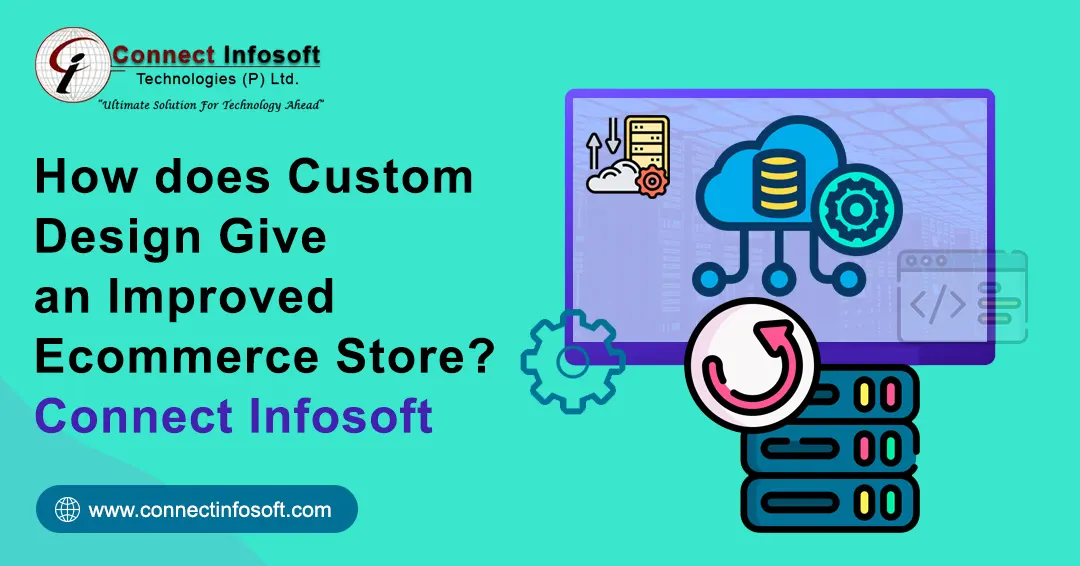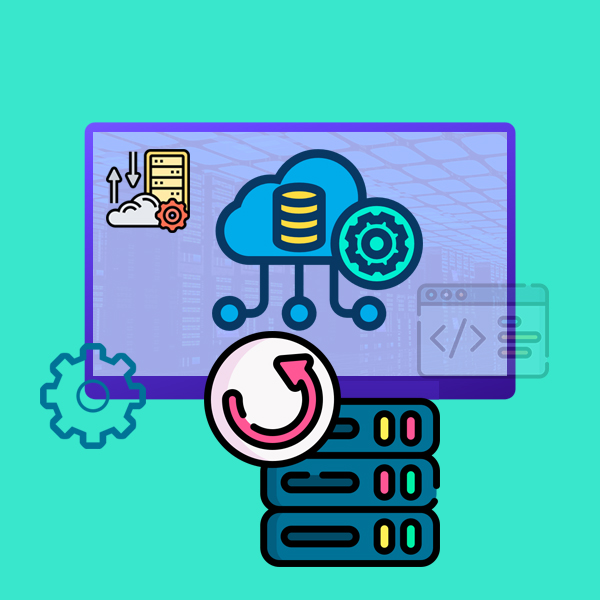Data Engineering Development Service | Connect Infosoft

Connect Infosoft Technologies provides Data Engineering Services. As a Data drive company, we mainly focus on Data Collection work and Analytics work. Data engineering is the aspect of Data science that deals with practical applications of data collection and analysis. A data engineer transforms data into a useful format for analysis and other uses. Below are some points about “How Data Engineering works”:
Data Engineering works in different phases. All phases are mentioned below:
- Collection: Data collection is a primary step in Data Science from web servers, social media data, data from online repositories, Web APIs, Excel, etc.
- Wrangling: Data wrangling is a core step in Data Science that requires data writing, running and refining the programs to analyses. This can be done through software like Python, R, MATLAB, or Perl.
- EDA: Exploratory Data Analysis define as the critical process of performing initial investigations on data so as to discover patterns, spot anomalies, test hypotheses and check assumptions with the help of summary statistics and graphical representations.
- Analytics or Modelling: Data analytics focuses on processing and performing statistical analysis on existing data sets. Analysts concentrate on creating methods to capture, process, and organize data to uncover actionable insights for problems and establish the best way to present this data. It is based on producing results that can lead to find actionable data and immediate improvements. All the contending machine learning models are trained with the training data sets.
Moreover, Data Engineering is classified into four types. They are as follows:
- Predictive Analytics: Predictive Analytics use existing data, statistical algorithms and machine learning techniques to analyze current and historical facts to make predictions about future or otherwise unknown events.
- Descriptive analytics: Descriptive analytics does not make predictions or directly inform decisions. It focuses on summarizing data in a meaningful and descriptive way.
- Diagnostic Analytics: It is a form of advanced analytics which examines data or content to answer the question “Why did it happen?” and is characterized by techniques such as drill-down, data discovery, data mining and correlations.
- Prescriptive Analytics: Prescriptive analytics is where artificial intelligence (AI) and Big data come into play. Prescriptive analytics automatically synthesizes big data, mathematical sciences, business rules and machine learning to make predictions and then suggests decision options to take advantage of the predictions.
We use the below tools for effective programming:
- Python: Python is an object-oriented, high-level programming language for making web & app development and complex applications. It offers dynamic typing and dynamic binding options for applications and also supports modules and packages.
- R: R is an open-source programming language with a large number of communities; it is mainly used for statistical analysis and analytical work. R has a number of tools to communicate the results.
- Data analysis using R language: R is a powerful language used widely for data analysis and statistical computing. It was developed in the early 90s. Since then, endless efforts have been made to improve R’s user interface.
- Database: All modern big data warehouse support SQL, Amazon Redshift, HP Vertica, Oracle, SQL, Server and many others.
- Excel: Data Engineers use excel tools to extract data, calculate to fit an equation to that data, Conversion of data format and collection of data in the sheet.
- SQL: Nothing we can do without SQL knowledge in data engineering since we have to construct queries to extract data.
Conclusion: Connect Infosoft is one of the leading web design and development organizations in the USA.


